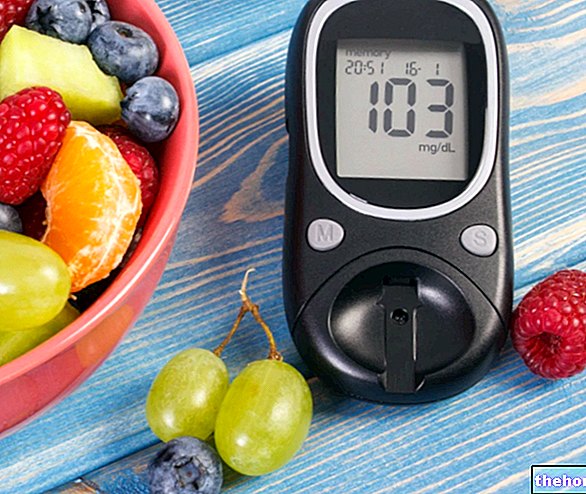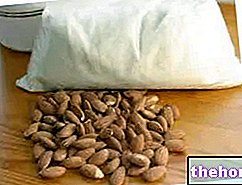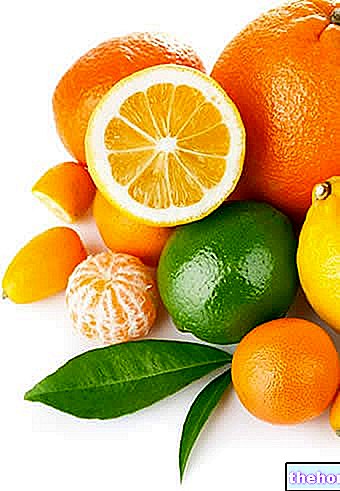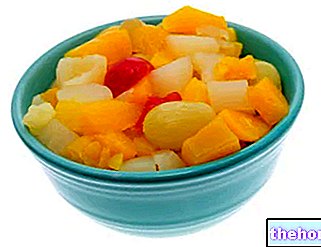
Fresh pears - fruits of the tree belonging to the botanical genus Pyrus - they belong to the VII fundamental group of foods - fruits and vegetables rich in vitamin C. They also contain fructose - which delineates a moderate energy supply - a lot of water and specific minerals, especially potassium. However, once transformed into "preserves" - washing, cutting, pitting, cooking and potting in a sweet preserving liquid - the vitamin concentration tends to decrease significantly. Also, compared to fresh pears, pears in syrup are much richer in soluble / simple sugars and calories. This gives it a high glycemic-insulin load and index; they are therefore not very suitable for clinical nutrition, especially for overweight, type 2 diabetes mellitus and hypertriglyceridemia. An excess of sugars can favor the formation of dental caries. antioxidant additives - especially vitamin C or ascorbic acid, such as the many types of ascorbate.
The recipe for pears in syrup is quite simple. The steps necessary to increase shelf life are cooking and potting with sterilization; assuming an adequate heat treatment, the most important - but also the most delicate - step to obtain pears in syrup with a perfect consistency - even in the long term - is certainly the formulation of the syrup.
Note: pears can also be syruped whole - possibly with peel - but this is a much less used and widespread system, which is why we will focus on food without the hull and cut into pieces.




























